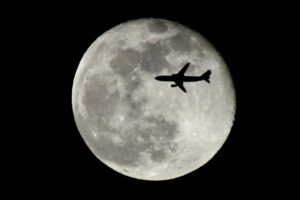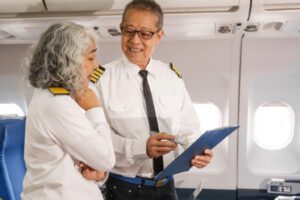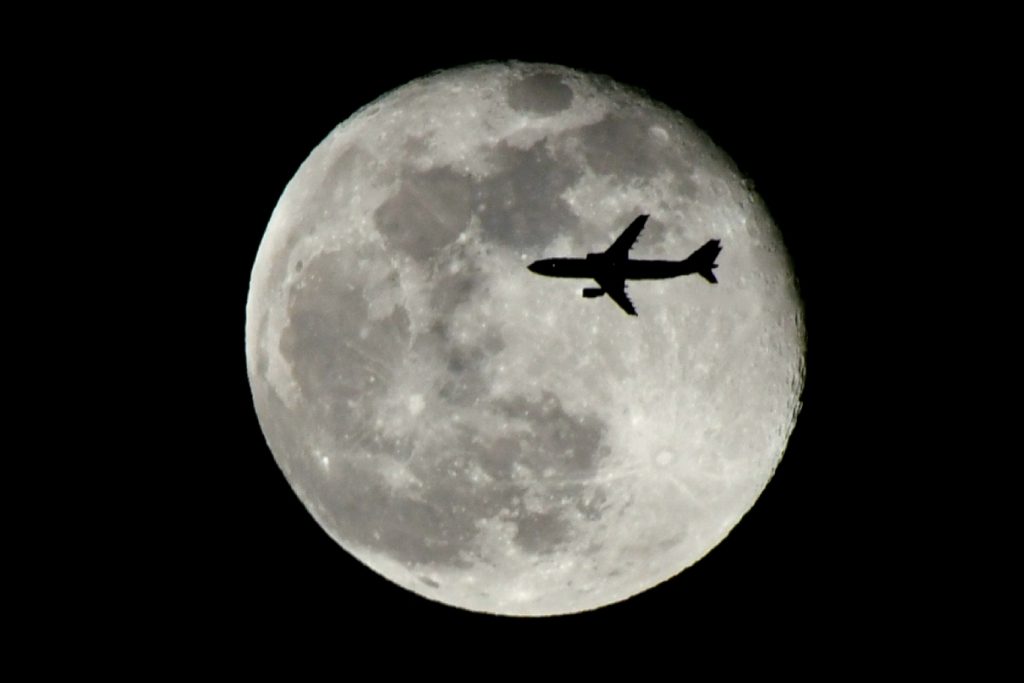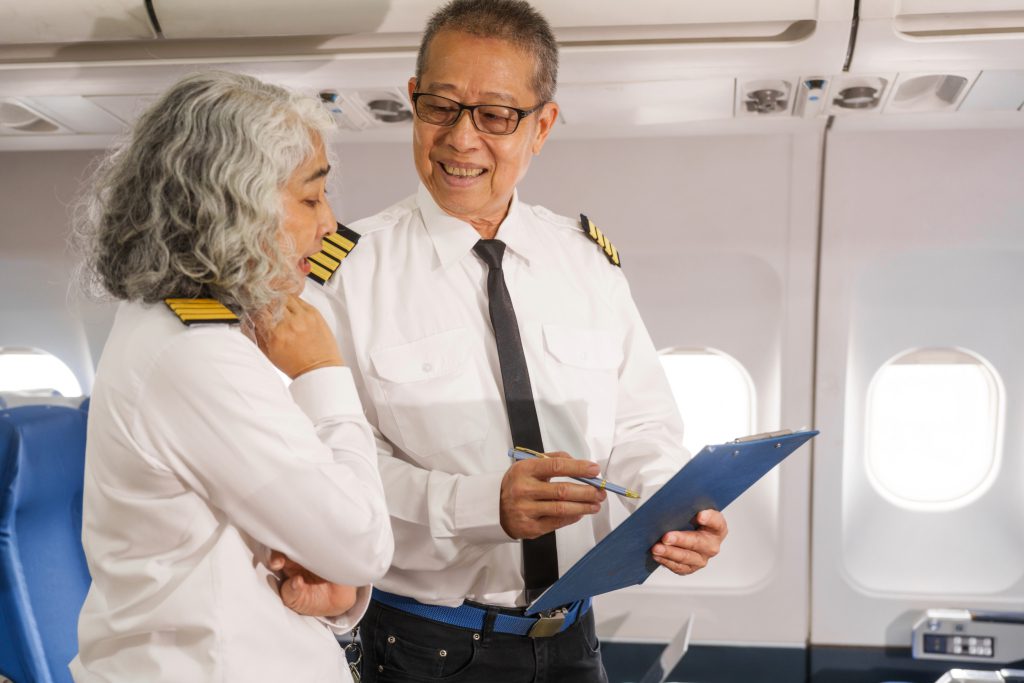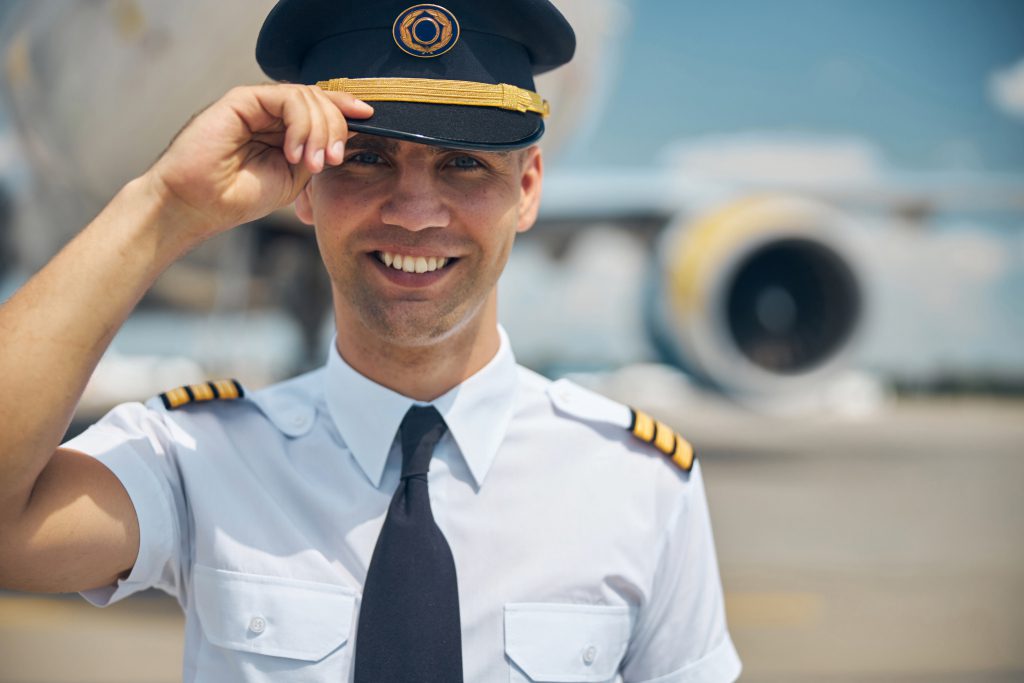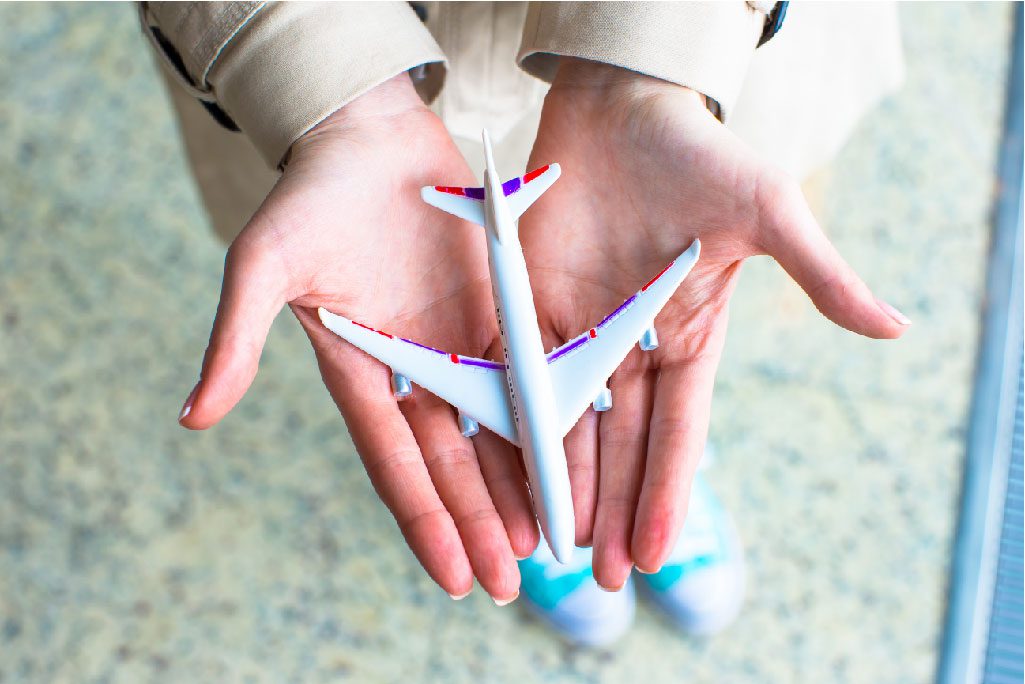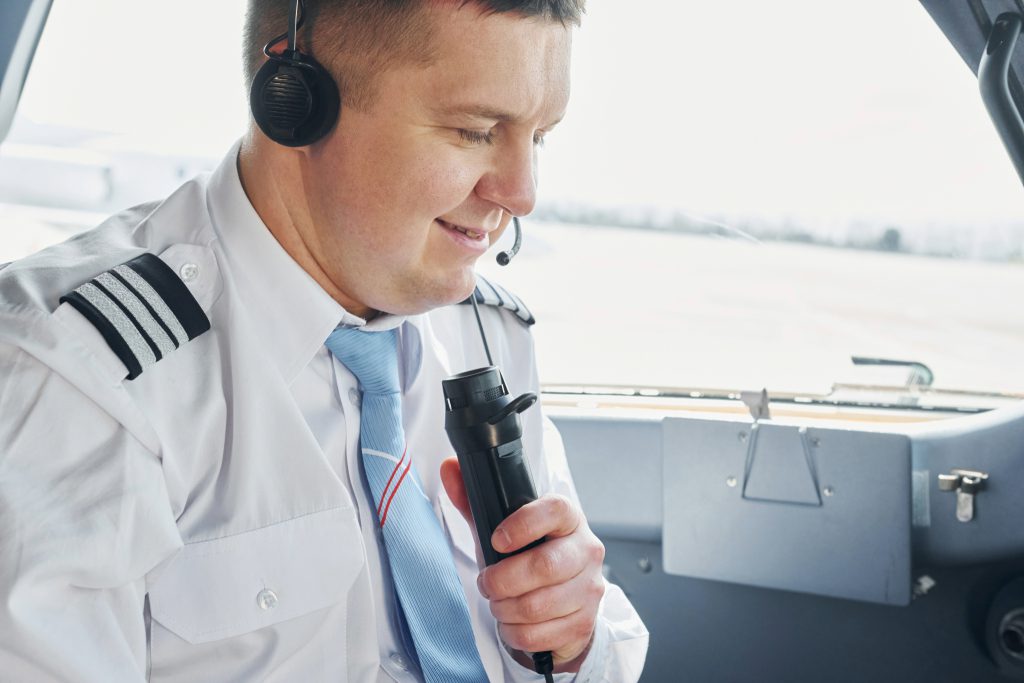Fly and Improve
As far as we know, flying is the safest mode of transportation. A 2017 Harvard University study found that the odds of dying in an aviation disaster are 1 in 11 million, and the probability of your aircraft crashing is 1 in 1.2 million. It is, nevertheless, 1 in 5,000 possibilities that you may die in a car accident. Airlines have shown to be far safer than cars, since they are subject to stronger laws, employ highly trained workers, and rely on advanced technology.

Tragedy Upon Tragedy
2024 has reportedly already been “one of the worst years, with some of the most tragic air accidents in recent memory,” according to sources. However, how risky is flying, and why has the weather been so awful this year?
This year was marked by several disasters. Five people were killed when a Japan Airlines flight struck a Coast Guard aircraft in January as it was landing in Tokyo. Shortly afterward, on Alaska Airlines flight 1282, a panel burst, creating a sizable hole in the cabin and requiring terrified passengers to use breathing masks. According to Euractiv, these occurrences have caused grave worries about aircraft safety. Subsequently, a front windscreen and a large portion of the nose cone of an Austrian Airlines Airbus A320, which was traveling from Mallorca to Vienna, broke, underscoring the continuous safety concerns.
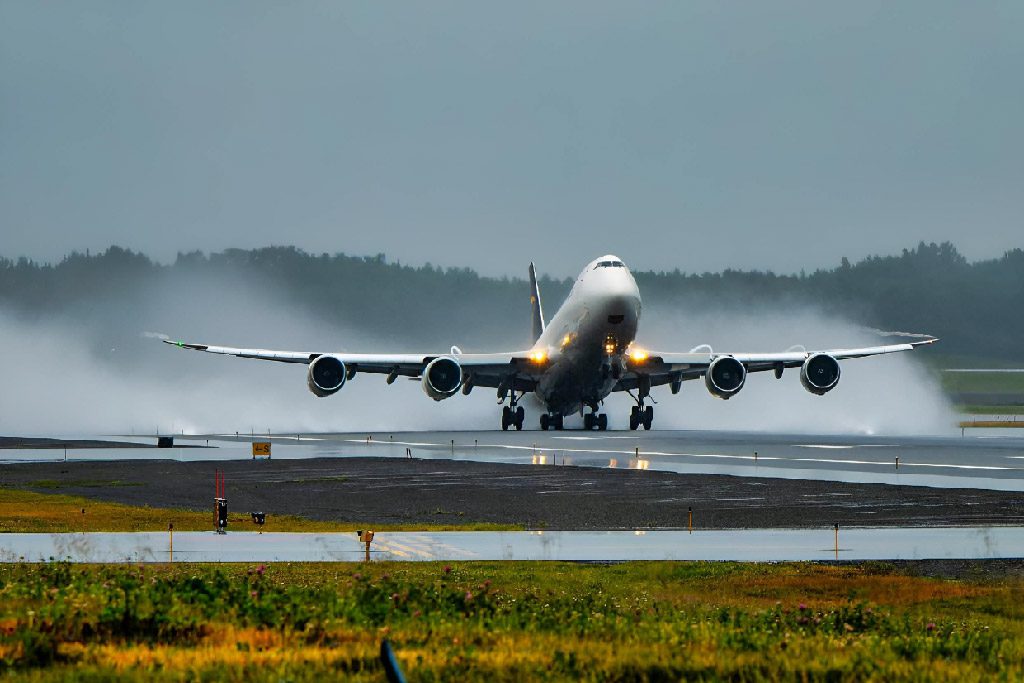
Growing Turbulence
2024 has seen a significant amount of turbulence, which has led to the first fatality on a large commercial aircraft since 1997. In May, a passenger on a Singapore Airlines Boeing 777 suffered a heart attack, leading to the death of one person and the serious injuries of over forty others. Furthermore, a horrifying incident that occurred in Brazil this month resulted in the deaths of all 62 occupants and crew members of a Voepass ATR 72-500 when it fell 17,000 feet in a matter of minutes.
Passengers’ anxiety has increased because of these instances. By June, 25% of travelers intended to cut back on flying owing to safety concerns, and 20% of customers were researching aircraft types before purchasing tickets.
What’s Gone Wrong?
The two biggest issues facing aviation today are the rise in turbulence and subpar airplane design. Boeing’s 737 Max 8 has not been without problems. Inadequate risk management, faulty decision-making, and ineffective pilot software update communication have all been linked to crash causes. In addition, turbulence is occurring more frequently, particularly clean air turbulence (CAT). This type of turbulence is unpredictable and invisible and for that reason it is particularly unsafe.
Turbulence in Clear Air (CAT) The term “clear air turbulence” (CAT) describes abrupt, strong turbulence that happens in cloudless regions and gives airplanes a severe shaking sensation. CAT typically occurs at high altitudes, frequently above 15,000 feet, particularly in the vicinity of jet streams. The airlines are trying to defend against the CAT, they use SIGMET charts to provide predictions about the location and intensity of turbulence in clear air. In addition, nowadays airlines use Restraint Systems. Passengers and crew should fit seat belts and harnesses when seated to protect them in the event of unforeseen turbulence.
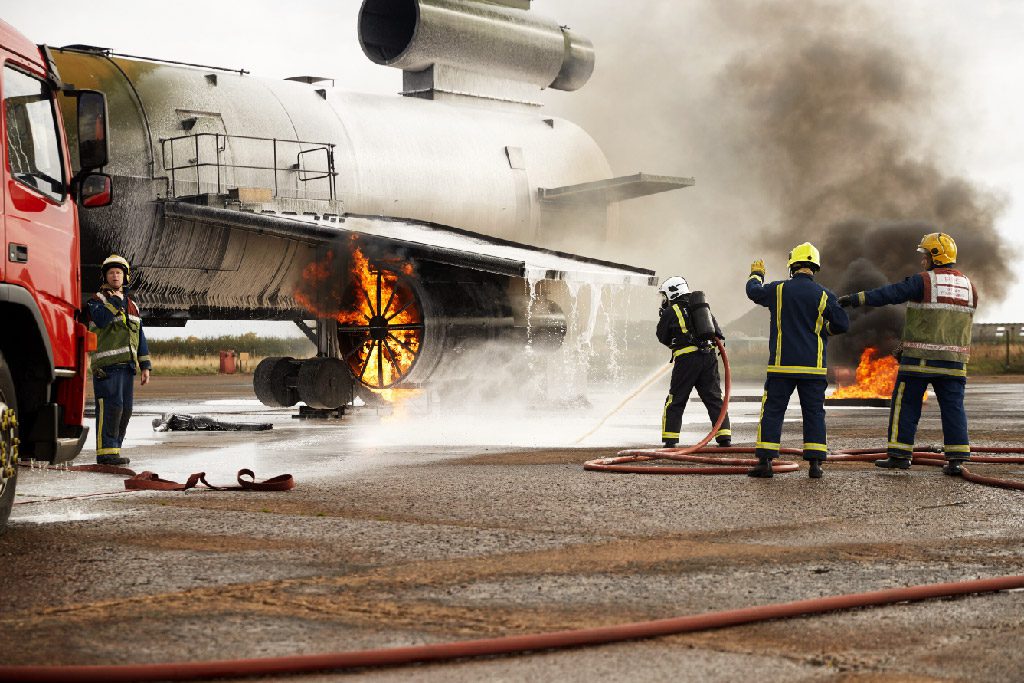
Improvement Year by Year
To sum up, 2024 has not been a good year for aviation. In addition to technological setbacks, issues related to climate change have received a lot of attention. Nevertheless, there is no denying that air travel safety gets better every year. A recent study by MIT researchers, as reported by Brittany Anas for Forbes, shows that the likelihood of a death from commercial aircraft travel is declining, with one fatality for every 13.7 million passenger boardings globally between 2018 and 2022. According to the MIT team, since the late 1960s, there has been an almost ten-year rise in the safety of commercial travel.





